|
We all know that packaging is important when trying to get the attention of consumers. Many wineries today have gotten creative and reached beyond the generic label and shape of the bottle, in the hopes of arousing our interest. Let’s be honest, we’ve all at some point bought at least one pretty bottle of wine even though we might not have been familiar with the producer or grape. And wineries are not the only ones trying to get our attention. A multitude of producers in the spirits industry began decades ago selling their products in beautifully designed bottles. And, quite a few of these bottles have become collectibles. I admit that even I have saved several liqueur bottles and unusual vodka bottles. Winemakers in the Provence wine region have been playing with the shape of bottles for decades. In fact, some of the most striking bottles of rosé come from Provence. Situated in the far southeastern corner of France, Provence is known worldwide for its production of rosé and its breathtaking fields of lavender. Occupying approximately 125 miles of coastline, the vineyards here enjoy a Mediterranean climate. There are very few AOC appellations in Provence with the largest being Côtes de Provence, which accounts for the majority of Provence’s rosé wine production. To quote Wines of Provence, “The Côtes de Provence appellation spans more than 20,000 hectares (nearly 50,000 acres) and three departments: the Var, the Bouches-du-Rhône and one village in the Alpes-Maritimes, for a total of 84 communes.” I recently received three eye-catching and very palate-pleasing bottles of wine from Provence. Their shapes and design are worthy of upcycling! Domaine Terre de Mistral Rosalie AOP 2019 The grapes for this wine were harvested from Côtes de Provence in the sub-appellation of Sainte Victoire. It is a blend of 35% Syrah, 50% Grenache and 15% Rolle aka (Vermentino) The color is soft salmon with enticing aromas of floral, peach, strawberry, apricot and a hint of citrus. A palate of white stone fruit with hints of minerality, strawberry and lemon are well balanced with vibrant acidity and a lingering finish. Enjoy this dry wine as an aperitif or with grilled fish, poultry and light pasta. Alcohol: 13% SRP: $14 Château Gassier Esprit Gassier AOP 2019 The grapes for this wine were harvested from Côtes de Provence in the sub-appellation of Sainte Victoire. It is a blend of 40% Grenache, 31% Syrah, 12% Cinsault, 6% Semillon and 5% Rolle. There is also a minimal blend of Cabernet, Carignan, Tibouren, Mourvèdre and Clariette. This beautiful label was designed by a local artist and is silk-screened onto the bottle. This wine has a pinkish-salmon color with aromas of floral, berries, peach and citrus. Crisp acidity along with strawberry, white fruit, lemon and a touch of minerality sate the palate. Citrus zest and a trace of spice linger on the finish. Enjoy as an aperitif or serve with seafood, chicken and light pasta. Alcohol: 13% SRP: $18 Château Des Ferrages Mon plaisir AOP 2019 The grapes for this wine were sourced from the villages of Pourcieux and Pourrières at the feet of Mount Aurélien and Mount Sainte-Victoire. The blend is Grenache, Syrah and Rolle. Lovely aromas of floral, berries, fresh peach, grapefruit and citrus make their way onto the palate with vibrant acidity and luscious notes of strawberry and citrus zest on the finish. Serve as an aperitif or enjoy with grilled fish, seafood, chicken and light pasta. Alcohol: 13% SRP: $20 Many of us collect empty wine bottles that are rare or represent a significant moment in our lives. But what about the bottles that are too pretty to throw out? Rather than storing them in a closet, get creative and upcycle these bottles into your everyday life. One suggestion from Andrew and Dennis of the Crafty Lumberjacks.com is to make a fragrant wine bottle diffuser. Here are a few more ideas, some of which I have used for repurposing wine bottles. Transform the bottle by using it as a vase, olive oil container, candle holder, a wine bottle lamp, or use as bookends. Another fun idea is to add a pour spout to the bottle and make it into a soap dispenser! Use your imagination and have fun upcycling wine bottles! And of course, enjoy the wine! Until next time…
Cheers! Penina To leave a comment or if you have an inquiry, please contact me at [email protected] After enduring many sultry days, I enjoyed waking up this morning to 53-degree temperatures and no humidity! And yes, it put me in the mood for red wine, even though I have some lovely white and rosés chilling. I selected Domaine Bila-Haut, which is produced by Michel Chapoutier. Michel is a fourth-generation oenologist and head of Maison M. Chapoutier, founded in 1808. It is located in the Rhône wine region in southeastern France. Michel is one of Rhône’s most famous wine producers and is known worldwide for such wines as Hermitage, Chateauneuf du Pape and Côte Rôtie. In 1999, Michel purchased the 190-acre estate Domaine Bila-Haut located in the region of Côtes de Roussillon, Languedoc in Southwest France. It was a neglected property but showed promise due to the Mediterranean climate and a mix of schist, gneiss and clay soils. With Michel’s knowledge, expertise and passion he turned the land into a perfect growing environment for Syrah, Grenache and Carignan. Sustainable farming and low yields along with Michel’s belief of “emphasis should be on quality, not quantity” have led to producing the highest quality fruit and concentrated flavors in these expressive wines. Les Vignes de Bila-Haut Rouge Côtes Du Roussillon Villages 2017 This Syrah-dominated wine is blended with Grenache and Carignan. Grapes are hand-harvested from plots located on the slopes of the high Agly Valley. Vibrant aromas of plum, dark berries, spice and cocoa set the stage for this succulent wine. Michel Chapoutier adds that it has “the smell of summer rain on stone.” The palate offers layers of plum, dark cherry, spice and pepper that tease and linger on a long finish. This is a beautifully blended and well-balanced wine with silky tannins. Enjoy with grilled fish, meat and dessert! Alcohol: 14% SRP: $15 Domaine de Bila-Haut L’esquerda Côtes Du Roussillon Villages 2017 This is a single vineyard wine made from old vines. Syrah dominates the blend with small amounts of Grenache and Carignan added. The percentages of the blend vary from vintage to vintage. The grapes are hand-harvested from the 67-acre L’esquerda vineyard comprised of 40 to 60-year-old vines that grow in granite and schist soils. Earthy aromas mix with dark fruit, spice, floral notes and mocha. The palate offers juicy notes of black cherry, blackberries, plum, spice and a hint of wet stone. The finish is long with a touch of chocolate and herbs lingering. Delicious! Serve with grilled meat, tuna, poultry and hearty stews.
Alcohol: 14.5% SRP: $28 These Rhône wines are elegant and expressive and Michel Chapoutier never disappoints! Until next time… Cheers! Penina To leave a comment or if you have an inquiry, please contact me at [email protected] Every now and then I like to take inventory of my wine cellar. Many of the wines are what remain from my days with the “Restaurateur”. These special wines quietly wait for me to open them, always tempting me to pour bittersweet memories into my wine glass. So, without much thought and for no particular reason other than curiosity, I chose to open this wine. Château Cap De Faugères is situated in the Côtes de Bordeaux Castillon appellation at the very eastern end of Bordeaux. The estate covers 46 hectares of limestone and clay slopes that border on St. Emilion. Grape varieties grown here are 85% Merlot, 10% Cabernet Franc, and 5% Cabernet Sauvignon with an emphasis on natural sustainable viticultural methods. The vines on average are 30 years old. In 1823 the Esquissaud family took possession of the terroirs of Château Cap De Faugères, Faugères and Péby Faugères. Pierre-Bernard Guisez, a cousin of Philippe Esquissaud, inherited the estates in 1987. He and his wife Corinne Guisez managed the three estates and began promoting vintages of the finest quality. A new fermenting and storage cellar was built in 1992. In 2005, Silvio Denz, a winemaker, bought the estates. And, with the same team in place, they continuously make improvements running the estate with an emphasis on quality. In addition to winemaking, Silvio is a perfume designer and owner of Lalique! Climate plays a key role in the outcome of any vintage. And when the weather is extreme the vines can suffer. The record-breaking heat wave and dry season of 2003 in France had a profound effect on the vineyards of Bordeaux and many of the wines that were produced. Vines were stressed and shut down from lack of water and grapes shriveled on the vines. Much needed rain finally brought some relief to the vineyards around mid-August. It was the earliest harvest on record and although it was too late for many vineyards, others were able to salvage the harvest and produce some memorable wines. Here are the notes from Château Cap De Faugères for the 2003 vintage. “A rare vintage in every sense. The summer brought a heat wave with record sunshine hours and a number of days over 30°C that was well above average. The vintage was marked by quite a cold winter with many days of frost, a mild spring with greater than average differences in temperature and extremely hot summer, particularly June (+5.3°) but above all August (+6°) with record temperatures: 20 days over 30° and several days over 40°C. These weather conditions brought about a drop of 30% in production compared with normal years. Harvesting began 10 days earlier than the previous year, on 12 September. Plot selection was very thorough with the aim of making up perfectly homogenous vats in tannic and organoleptic terms.” My expectations weren’t high concerning how this wine would hold up and taste. So, I decided to pour a glass using my Coravin and save the rest to decant and share with friends another time. I allowed the wine to open and tasted it in 30-minute increments. Château Cap De Faugères 2003 Côtes de Castillon This wine is showing its age and is the color garnet. First aromas and palate impressions are disappointing. Dried fruit and “fortified wine” dominated although there is a hint of dark cherry. 30 minutes Subtle aromas of berries are starting to emerge. The palate exhibits cooked fruit with black cherry on the finish. One Hour There is no marked improvement. So a fellow wine writer suggested I “shake things up a bit” and aggressively dump the wine back and forth from one wine glass to another a few times, aka ‘hyper decanting’. After doing this, I waited a few minutes and then tasted the wine again. It actually worked! There is more pronounced fruit on the nose and most of the cooked fruit has dissipated. The palate offers more subtle notes of berries and a trace of plum and earth. 90 minutes It is taking a long time for this wine to open, but I am enjoying the process. Spice notes are now mingling with the fruit as the wine becomes more expressive. I am looking forward to decanting this wine soon. I have a feeling that there are more hidden treasures in this bottle that need a little coaxing and time to emerge. Many of the wines that I have recently opened from our restaurant days have been spectacular. Some of these wines include a 1969 Petrus, 1961 and 1967 Chateau Haut-Brion, an amazing collection of Far Niente Cabernet Sauvignon vintages dating from 1983-1990 and the list goes on! Check out my stories on the menu at right. As always, thank you to the “Restaurateur” for leaving me with an endless inventory of memories. We miss you. Until next time…
Cheers! Penina To leave a comment or if you have an inquiry, please contact me at [email protected] There is much to be said about the expressive wines of Alentejo. Over the last year or so, I have reviewed many Alentejo wines and written several stories about this diverse wine region. Today, my attention is directed to the Sustainability Program (WASP, Wines of Alentejo Sustainable Program) and five wines from producers who are active members in this program. Alentejo covers one-third of Portugal located in the southern half of the country and enjoys a typically Mediterranean climate with some Atlantic influence. The soil of Alentejo varies throughout its eight sub-regions. In fact, it has the most diverse soil of any region in Portugal. Interspersed amongst the mountains, hills and valleys, one can find soil with clay, limestone, quartz, granite, schist, sandstone and marble. Most of the soils are non-calcareous, meaning they are neutral or more acidic.
Alentejo has 51,000 acres of planted vines that enjoy 3000 hours of sunshine annually. More than 80% of the grapes grown here are red, but whites are gaining momentum, especially Antão Vaz. The wines produced here come in a range of styles, influenced by the diversity of the climate and soil. The Sustainability Program was launched in 2015 by CVRA (Comissão Vitivinicola Regional Alentejana). It’s objective is to reduce costs and increase economic viability through a proactive approach to environmental pressures and social concerns. Some of these initiatives include biodiversity and ecosystems, soil management, renewable energy and water conservation. In just five short years, the WASP program has established Alentejo as one of the world’s most progressive sustainability regions and is being recognized internationally for this award-winning program. WASP began with 96 members in 2015 and has grown to 396 members representing about 45% of Alentejo’s vineyard area. There are currently 1800 grape growers and 260 wineries in Alentejo. According to João Barroso, WASP Director of Sustainability, “Sustainability is the new paradigm of the 21st century. Producers who do not make sustainability a core part of their business model will become progressively outdated, side-lined by consumers and possibly through new intentional policies.” Each wine review ends with a “WASP Highlight”. Casa Relvas Sao Miguel Do Sul Red Blend 2018 A blend of Aragonez, Alicante Bouschet, Trincadeira and Cabernet Sauvignon. Ten percent of the wine is aged in French oak for six months. A bouquet of violet, red and dark fruit lead to a palate of dark berries, cherry and a touch of spice. This is a juicy wine with smooth tannins and fresh acidity. Alcohol: 14% SRP: $12 WASP Highlight: Casa Relvas uses sheep to control weeds during the vegetative rest period of the vineyard, reducing the need for hydrocarbon-dependent herbicides. Esporão Colheita Branco 2018 Harvested from certified organic vineyards, this wine is a blend of Antão Vaz, Viosinho, Alvarinho and a small amount of other grapes. This has refreshing aromas of grapefruit, lemon, and a touch of tropical fruit. A creamy palate (from four months spent on fine lees) blends nicely with tropical fruit flavors, peach and crisp acidity. Alcohol: 14% SRP: $16 WASP Highlight: Herdade do Esporão is one of Portugal’s most progressive wineries. They have led the way with a testing nursery to identify which indigenous grape varieties are best adapted to a changing climate. Herdade Dos Grous Red 2018 This is a nice blend of Aragonez, Alicante Bouschet, Touriga Nacional and Syrah that is aged for nine months in French oak barrels. Delicious aromas of ripe red fruit and spice segue onto the palate with dark cherry, plum and vanilla. Spice and cherry linger on a long finish. Alcohol: 13.5% SRP: $19 WASP Highlight: Herdade Dos Grous has reduced bottle weight across all their wines. Herdade De Coelheiros Coelheiros Red, 2017 This is a 50/50 blend of Aragonez and Alicante Bouschet. It is aged for 12 months in French oak barrels. A nice bouquet of red and black berries, spice and earthy notes envelop the nose. The palate offers blackberry, cherry, spice and pepper with a rich mouthfeel that is balanced with acidity. Alcohol: 14% SRP: $20 WASP Highlight: Herdade De Coelheiros uses bat shelters to encourage bats to make their home here – another natural approach to tackling unwanted insects in the vineyard. Carmim Reguengos Garrafeira Dos Sócios 2014 Alicante Bouschet, Touriga Nacional and Tinta Caiada make up the blend for this robust wine. It is aged for 14 months in French and American oak barrels. Lots of plum, dark fruit and spice greet the nose and segue onto the palate with added notes of blackberry, black cherry, pepper and anise. A perfect balance of acidity and fine tannins add to the lengthy finish. Alcohol: 14.5% SRP: $48 WASP Highlight: Carmim composts all organic waste from the winemaking process (grape pomace and lees) into fertilizer. New additions to the winery include the installation of rooftop solar panels, taking advantage of Alentejo’s abundant solar energy. All of these wines are well priced and very pleasing to the palate. And, for me, it’s a bonus that these producers are making wine with an emphasis on sustainability and moving toward organic farming. Bravo! Until next time... About 26 miles north of the Treviso airport in the Veneto region of Italy are the small and picturesque towns of Conegliano and Valdobbiadene. These towns are the home of Conegliano Valdobbiadene Prosecco DOCG and Prosecco Superiore DOCG where some of the finest Prosecco is made from the Glera grape variety. Conegliano Valdobbiadene has ancient origins of vine growing dating back to the Roman Empire, but the first written documentation of connecting Prosecco to this area is 1772. The DOC was established here in 1969 and the historic production of Prosecco has been limited to 15 communes. In 2009, Conegliano Valdobbiadene Prosecco DOCG certification was issued. In 2019 the Prosecco hills of Conegliano-Valdobbiadene were recognized as a UNESCO World Heritage Site. It is a countryside filled with hills and rolling slopes rising up from the Piave River. From early origins, a glacier slid down from the Dolomites and came to rest in a valley that eventually became the riverbed of the Piave. The river begins in the Alps and flows into the Adriatic Sea. The local soil is attributed to this glacier and can vary depending upon the slope of the hill. Some areas contain rock, sand, clay and iron oxides. In areas unaffected by the glacier, the soils contain marls and sandstone and are less deep and more porous. Because Conegliano Valdobbiadene is situated between the sea and Pre-alps, the area experiences a mild climate with constant breezes. Vineyards have great sun exposure and benefit from the altitude and broad differences between day and night temperatures. The slopes, micro-climate, sun exposure and various soils make this an ideal setting for growing Glera grapes and producing sparkling wine. Between the hills of Valdobbiadene are the vineyards of Valdobbiadene DOCG and Valdobbiadene Superiore di Cartizze DOCG. Also situated among these hills is Col Vetoraz, a winery with a family history that goes back 182 years. In 1838 the ancestors of Francesco Miotto settled on Col Vetoraz located on the highest peak of the Cartizze Hills of Valdobbiadene and began growing vines. During WW1 the vineyards were damaged from bombing and so the Miotto family began the repair and growing of the vines again. In 1980, at the age of 29, Francesco Miotto took over the company when his father died. He started producing sparkling wines using the traditional natural fermentation “Col Fondo” ('with the bottom' in Italian) method where the second fermentation takes place in the bottle. But unlike Metodo Classico (Champagne/traditional method) there is no disgorgement or filtration so the sediment/lees remain in the bottle. However, most of Col Vetoraz wines are produced using the Charmat method. (Second fermentation takes place in steel pressure tanks) In 1993, Francesco joined forces with Paolo De Bortoli (agronomist) and Loris Dall’Acqua (winemaker) and founded Col Vetoraz Spumanti. They only produce Valdobbiadene DOCG and Cartizze DOCG wines which they consider unique expressions of their roots. The philosophy that guides Col Vetoraz is “We follow a method that preserves the expressive integrity of the fruit; this is the only way to obtain the natural balance and harmony that the vine has given us”. This philosophy and respect for “the raw material and the highest quality” is expressed in the elegance of their sparkling wines. Col Vetoraz wines are not treated in any way, not even with fining agents. “This safeguards the integrity of the aromas and structure of the original fruit, developing a natural roundness and creamy, full-bodied creamy effervescent mouthfeel.” I noticed that none of the samples I received had the word “Prosecco” on it. Col Vetoraz provided me with an answer. “Col Vetoraz has such a deep bond with the territory that it rebelled against a choice made in 2009 when “Prosecco” became an appellation extended to nine provinces between Veneto and Friuli. The simple distinction between "Prosecco" (the wine produced in those territories created in 2009) and "Prosecco Superiore" (the wine produced on the historical hills of Valdobbiadene and Conegliano) has ceased to convey the age-old history and winemaking vocation of the hills of Valdobbiadene and Conegliano. For this reason, we believe it is fundamental to begin a new, different type of communication, in which the wine’s territorial identity is extremely clear and unmistakable. Beginning with the 2017 vintage, Col Vetoraz has decided to remove the word “Prosecco” from all of its labels and all communications media, using just the denomination "Valdobbiadene DOCG" - our wines’ true and unique territorial identity.” All of the following wines are made with 100% Glera grapes, using the Charmat method. Due to the steeply sloping hills, all work and harvesting are done by hand. Valdobbiadene DOCG Brut 2019 A dry and savory wine with aromas of floral, pear, apple and peach. Palate offers rose petals, apple and white stone fruit with fine and creamy bubbles. Alcohol: 11.5% SRP: $20-$22 Valdobbiadene DOCG Extra Dry 2019 This is a lovely dry wine with fruit and floral aromas. The palate offers delicate notes of peach, pear and apple with a creamy mouthfeel and a dash of citrus. Alcohol: 11.5% SRP: $20-$22 Valdobbiadene DOCG Millesimato Dry 2019 Delicate aromas of floral, citrus, pear and apple segue onto the palate with notes of apricot and white stone fruit. Fine and persistent bubbles are nicely balanced with subtle sweetness and a fresh mouthfeel. Alcohol: 11.5% SRP: $28-$30 Valdobbiadene DOCG Extra Brut Cuvée 5 2019 This wine is a lovely blend of grapes selected from five vineyards. Although it is very dry, the wine still expresses a fresh and fruity palate. Aromas of pear, apple and citrus notes spill onto the palate with fine bubbles and creamy mouthfeel. Alcohol: 11.5% SRP: $28-$30 Valdobbiadene DOCG Extra Dry Cuvée 13 2019 This is a blend of grapes selected from 13 vineyards. A subtle bouquet of floral, citrus and white stone fruit opens to a dry but pleasing palate of floral, pear, peach and citrus. It has a creamy and persistent perlage with a lengthy finish. This wine is fresh and vibrant. Alcohol: 11.5% SRP: $28-$30 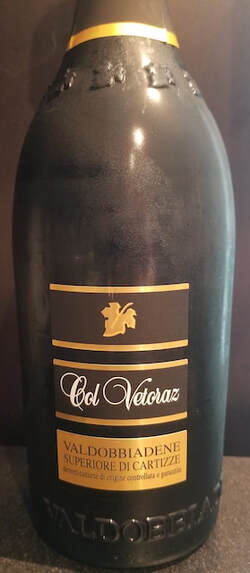 Photo credit: Penny Weiss Photo credit: Penny Weiss Valdobbiadene Superiore di Cartizze DOCG 2019 The grapes for this wine are sourced from the steepest hills of Col Vetoraz and Mont in the well-known Superiore di Cartizze DOCG area. Succulent aromas of white flowers, fresh fruit, citrus and apples open to an elegant palate of pear, sweet apples, peach and a trace of citrus on the finish. A delicate acidity blends beautifully with a velvety mouthfeel and fine perlage. Alcohol: 11.5% SRP: $45 All of these wines can be enjoyed as an aperitif or paired with light fare such as shellfish, grilled fish and appetizers. As of now, only the following wines are available in the United States: Valdobbiadene DOCG Brut Valdobbiadene DOCG Millesimato Valdobbiadene Superiore di Cartizze DOCG It was a treat to taste these wines and be momentarily transported back to a magical trip that I took to Conegliano Valdobbiadene two summers ago. Until next time…
Cheers! Penina To leave a comment or if you have an inquiry, please contact me at [email protected] What do an iconic Sicilian winemaker and a famous haute couture designer have in common? Recently Donnafugata and Dolce & Gabbana collaborated to produce a stunning bottle of Rosa, a new rosé wine that happily transported me back to Sicily. Why the collaboration you might ask? To quote Donnafugata, “ United by values such as love for our land, attention to detail, craftsmanship and the desire to make the colors, scents and history of Sicilian culture known everywhere, we decided to strengthen our partnership to represent the tradition and expertise of “Made in Italy”. Driven by the color, Dolce & Gabbana created a graphic design for the label inspired by the iconic Sicilian cart, which represents the island’s craftsmanship, culture and tradition the world over. The geometric patterns on the label depict the intricate detailing of traditional Sicilian carts. (cart photos courtesy of www.alamy.com) Rosa Dolce & Gabbana and Donnafugata, Sicilia DOC 2019 This 2019 vintage is an original blend of Sicily’s indigenous grape varieties, Nerello Mascalese and Nocera. The Nerello Mascalese is manually harvested from the volcanic soils of the northern slopes of Mount Etna. It contributes minerality and a fine floral component to the rosé. Nocera is manually harvested from the hills of Contessa Entellina on the western side of the island. Donnafugata chose this ancient variety for its ability to reach an ideal sugar maturation with a high level of acidity that results in a fruity bouquet and persistence in the wine. After fermentation, the wine is aged in tanks for two months and then another three months in bottle before release. This elegant, soft pink rosé has lush aromas of exotic flowers, strawberry and white stone fruit. Succulent flavors of strawberry, raspberry, a hint of citrus and a trace of fennel blend beautifully with minerality and fresh acidity. Enjoy as an aperitivo or serve with seafood, vegetables and light entrees. Alcohol: 12.5% SRP: $45 The bottle is so pretty that I can’t bear to throw it out. It might make a nice container for olive oil or perhaps a few long-stemmed roses! To read more about Donnafugata, please click on the menu at right.
Until next time… Cheers! Penina To leave a comment or if you have an inquiry, please contact me at [email protected] It has been quite a while since I’ve reviewed vodka. There are several well-known distilleries throughout Texas that produce popular brands of vodka such as Tito’s and NUE (click on the menu at right for reviews). Western Son, another Texas-based distillery recently caught my attention and I thought their vodka was worthy of a “shout out”. Western Son Distillery is located in Pilot Point, Texas, which is about 53 miles north of Dallas. The distillery was created in 2011 by a small group of men who formed the JEM Beverage CO. They decided that they’d had enough of the corporate world and so pursued a dream that was realized with the birth of Western Son Vodka. The distillery is situated in a 30,000 square foot building that was formerly the Russell-Newman Clothing Company and is affectionately referred to by the locals as “The Old Panty Factory.” In addition to Western Son Vodka, JEM also produces Brazos gin, Red River whiskey, South House moonshine and Southern Son vodka. Western Son Vodka is made from 100% Texas and Midwest yellow corn. For those of you who are interested in the distillation process, this is a nicely illustrated diagram, courtesy of Western Son. The first distillation takes place in a copper pot still and then continues on in a 20 ft. vodka column still for a 10X-distilled vodka. As always, I sample and enjoy drinking vodka neat and I tend to rank vodka into three groups. One: Only drink this vodka neat. Two: Only drink this vodka in a cocktail. Three: Vodka can be enjoyed neat or in a cocktail. Western Son Original Vodka falls into the third category. It is flavorful enough to stand alone, but I would most likely use it in a cocktail. Its appearance is clear and clean with aromas of sweet corn, pepper and vanilla. The palate offers an earthy quality infused with a sweetness that carries through to the end with a dash of pepper, heat and a mild alcohol burn. 80 proof Alcohol: 40% SRP: $19.99 In addition to their original vodka, Western Son also makes eight flavored vodkas that I have yet to try. The cucumber vodka sounds quite refreshing and it might be worth exploring! Until next time…
Cheers! Penina To leave a comment or if you have an inquiry, please contact me at [email protected] For the past several months my wine glass and I have been touring a variety of wine regions around the globe. It can be a bit challenging when one is doing it from their living room! So, I was ecstatic when the Loire Valley Wines paid a visit to my home bearing gifts of wine and a sumptuous meal! The Loire Valley wine region is France’s third-largest winemaking region. It spans 170 miles and is located in the middle stretch of the Loire River, (France’s longest river) in central France. Loire Valley is also called the “Garden of France” noted for its vineyards, floral gardens, castles and historic towns. There are more than 4000 wineries, and 57,400 hectares of vineyards. The vineyards are situated along the river that stretches from the Atlantic coast to north-central France. Diversity in soil composition and climate along this stretch plays a key role in the production and characteristics of the wine. The Loire Valley is divided into five sub-regions each with its own characteristic grapes, appellations and styles. There are 51 appellations of origin (AOP) and six protected geographical indication (IGP). Most of the wines produced here are pressed from a single varietal as opposed to most classic French wines that are blended. There are 24 grape varieties in the Loire Valley with the vast majority of production being white wine. The leading white varietals are Melon De Bourgogne, Chenin Blanc and Sauvignon. The leading red varietals are Pinot Noir, Cabernet Franc and Gamay. My focus today is on Chenin Blanc. Chenin Blanc (Pineau de la Loire) This versatile grape produces dry, off-dry, sparkling and sweet dessert wines. “Unlike any other grape except Riesling, Chenin Blanc can be vinified in a range of styles from austere, mineral, and refreshing to rich, honeyed, and sweet, and its versatility surpasses Riesling in that it also makes excellent sparkling wine.” loirevalleywine.com I received three bottles of Chenin Blanc representing different styles and sub-regions of the Loire Valley. These wines were paired with a beautiful dinner prepared by Chef Bernard Bouissou of Bernard’s Restaurant located in Ridgefield, CT. Thanks to Loire Valley Wines, my dinner was ready for curbside pickup in keeping with “safe dining” during COVID-19. The appetizer was Warm Goat Cheese Salad with mixed greens, caramelized walnuts & pears. For the main course Chef Bernard made a mouthwatering Roast Halibut Filet with carrot risotto, asparagus, sugar snap peas and chanterelle chive sauce. I tasted all of the wines with each course and my palate was singing! La Forcine Vouvray Demi-Sec AOP 2018 Vouvray is located in the sub-region of Touraine and is especially noted for demi-sec, sparkling and sweet wine production. This particular wine is 100% Chenin Blanc, harvested from soils dominant in limestone- rich tuffeau. (A porous limestone that contributes to acidity in the grapes.) This off-dry wine has intoxicating aromas of floral, candy apple and a hint of citrus. A lush palate of apples, pear, honeysuckle, melon and citrus are well balanced with this mineral-rich and zesty acidic wine. It was a winning combination with the savory goat cheese! Pair with fish, white meat, cream sauces and savory cheese. Or enjoy it as an aperitif! Alcohol: 12.5% SRP: $13 Domaine de L’Echantoir “Terres Blanches” AOC 2018 This 100% Chenin Blanc is hand-harvested from certified organic vineyards in the Saumur sub-region. Vineyards are scattered over limestone slopes and are exposed to a temperate maritime climate. This wine is matured for eight months on lees in concrete vats. Lovely aromas of white flowers, apricot and white fruit lead to a palate of pear, citrus, honeysuckle and a hint of anise with vibrant acidity. This paired well with both courses and I especially enjoyed it with the halibut. Serve with seafood, shellfish, salads and cheese. Alcohol: 13% SRP: $19 Château D’ Epiré Grand Cru D’Anjou 2017 AOC and (Appellation Savennières Controlee) Chenin Blanc is the only grape allowed in Savennières appellation, which is located in the Anjou sub-region. Grapes are hand-harvested from sandstone shale soil that contributes to the minerality and freshness of this wine. A mild climate and the benefits of south, southwest exposure adds to the grapes’ optimum ripening. 18+-year-old oak barrels are used to age the wine for nine months. Soft white fruit aromas, citrus, floral, and honey open to succulent flavors of white grapefruit, honeysuckle, peach, minerality and fresh acidity. Aromas persist on the palate through to the finish with a hint of citrus zest at the end. This was a rich and enjoyable wine to drink with both courses. Pair with appetizers, seafood, white meat, grilled veggies.
Alcohol: 13% SRP: $24 Thank you to Loire Valley Wines for this special “dining in” experience. My wine glass and I are on cloud nine! Until next time… Cheers! Penina To leave a comment or if you have an inquiry, please contact me at [email protected] If you are looking for a red wine to go with summertime grilling, this red blend produced by Domaine Bousquet will definitely make your palate sing! Domaine Bousquet is Argentina’s largest exporter of organically grown wines. The winery is located in the Gualtallary Valley, which is situated high up in the Tupungato district of the Uco Valley. Altitudes here reach up to 5,249 ft. To read about the winery’s history, the climate, terroir and more, please click on the menu at right. The label on this wine is a striking portrayal of Gaia, who in Greek mythology was the mother goddess that presided over the earth. She is considered the personification of the Earth. Gaia Red Blend 2018 50% Malbec, 45% Syrah and 5% Cabernet Sauvignon make up this blend. The best grapes are used for this wine and are harvested manually from Domaine Bousquet’s organically farmed vineyards. Wine aging takes place in French oak barrels for ten months. Delectable aromas of dark berries, spice and violet are the opening act for this tantalizing wine. The palate is entertained with blackberry, dark cherry, dark plum, spices and a touch of vanilla all of which lingers on a lengthy finish. A silky mouthfeel and fresh acidity add to the richness and complexity of this wine. In addition to grilled meats, appetizers and pasta, this wine goes well with fish. Try Gaia with a chocolate dessert. It is a great finale! Alcohol: 14.5% SRP: $20 The wine paired beautifully with this grilled swordfish surrounded by red grapefruit and peaches. Note: The photos taken at the restaurant are pre-COVID-19.
Until next time… Cheers! Penina To leave a comment or if you have an inquiry, please contact me at [email protected] "Life is not measured by the number of breaths we take, but by the number of moments that take our breath away." -Maya Angelou. My first thought after being invited to explore the sparkling wines of Breathless Wines was that it was a rather unusual name for a winery. By its very definition, one might immediately think of not being able to breathe. Having just recovered from Covid-19, I admit that my thoughts did wander in that direction. But other definitions for “breathless” are anticipation, excitement, or the act of experiencing a strong emotion. And after tasting these enchanting sparkling wines, they did take my breath away but in a very positive way! The box that the wine arrived in was an eye-catching presentation with a lot of thought and love poured into it and certainly captured my attention! Breathless Wines, a female-led winery, was founded in 2008 and is located in Healdsburg, CA in the heart of Sonoma County’s wine country. It is owned and run by three sisters, Sharon Cohn, Rebecca Faust and Cynthia Faust. The winery was born out of a desire to honor their mother who passed away from a rare lung disease. I asked the sisters why the name “Breathless”. Sharon replied, “We are honoring our mom, Martha, who encouraged dreaming big. Our mom lived her life taking no breath for granted, even before her diagnosis, so the name Breathless fit her to a tee.” Their mother’s passion for life, to dream big and live life to the fullest was passed down to her daughters and is evident in every aspect of Breathless Wines The sisters, who refer to each other as sister 1, 2, and 3, each bring their unique expertise to Breathless. Sharon, (sister 1) Is the “glitz, glamour and panache” behind the bubbles of Breathless and handles all of their Marketing. Rebecca, (sister 2) brings her business savvy to Breathless with over 20 years of experience in the wine industry. She is co-founder of Rack & Riddle and has been the CFO of several wineries. And Cynthia, (sister 3) who is the ambassador for Breathless, has also been in the restaurant and catering area with her husband. I asked them why they decided to focus on sparkling wines. Sharon said, “ Sparkling wine has always been a favorite “go-to” over the years for all of us. Rebecca (sister 2) and her business partner Bruce Lundquist, started what has become the second-largest producer of sparkling wines, only behind Korbel. Custom crush for bubbles has increased in demand as they built the business from the ground up and so we had the perfect launching pad and with Penny, their executive winemaker willing to take us on, we began our quest.” Breathless winemaker, Penny Gadd-Coster, and honorary 4th sister brings her expertise and passion for producing Méthode Champenoise (traditional French method) sparkling wines. She was awarded Winemaker of The Year in 2013, just one of many awards in her 35 years of winemaking. Breathless Wines works with select vineyards throughout the North Coast of Sonoma County and Mendocino County. Their focus is on sustainability and finding the best grape clones within these choice vineyards. Sharon said, “Penny has worked with our vineyard partners, for over 13 years. She has a love for the Pommard Clone (Pinot Noir) and searches it out as she can. Her profiling and blending of the grapes to make the Breathless wines is spot on to what the sisters are looking for time after time!” And, indeed, these wines are “spot on”! Breathless Brut NV Sourced from vineyards in Sonoma County, this is a blend of 60% Chardonnay and 40% Pinot Noir. Aging is 24 months. Deep gold in color, wonderful aromas of brioche, tart apples, and a touch of floral emanate from the glass. Fine bubbles and a refreshing mouthfeel lead to a palate of melon, pear, citrus notes and a hint of vanilla that lingers on the finish. Alcohol: 12.5% SRP: $27 Breathless Blanc De Noirs NV Grapes for this wine were harvested from Sonoma County and is a blend of 93% Pinot Noir and 7% Pinot Meunier. Aging is 24 months. A soft salmon color sets the stage for succulent aromas of berries, brioche and a hint of spice. This is a refreshing wine with fine bubbles that enhances the flavors of strawberry, cranberry, cinnamon and a hint of spice. A touch of citrus zest lingers on the finish. Ooh, la la! Alcohol: 12.5% SRP: $32 Breathless Blanc De Blancs NV Sourced from Sonoma County, this 100% Chardonnay is aged for 32 months. Pale lemon in color this sparkling wine opens to delightful aromas of sweet apple, baking spice, citrus and tropical fruit notes that spill onto the palate with a creamy and fine effervescence. Pear and a touch of vanilla linger on the finish that begs for another sip. Alcohol: 12.5% SRP: $34 I love wine labels and this one is certainly an attention-getter. Sharon explained how they chose this particular label. “We searched high and low for a label for Breathless. Our vision was of the hikes we took with our parents while backpacking in Yosemite and Yellowstone and every day hikes in Sonoma County. We would reach the summit and turn around to admire the view and were always reminded of how lucky we were to live and experience the beautiful nature all around. We were breathless from the hike and the view. We just couldn’t translate that to the bottle no matter how hard we tried. Our sister Cynthia found this beautiful 1915 vintage poster while googling champagne under Wikipedia. We all agreed it perfectly embodied our mom and her spirit. This label represents how our mom, Martha, lived life every day, always celebrating large and small accomplishments and time together. The woman on our label is not only a tribute to our mother but to all the men and women who teach and remind us to take each breath we are given as a gift to be cherished.” Have a glass of Breathless sparkling wine and enjoy the journey it takes you on. And remember, just breathe. Until next time…
Cheers! Penina To leave a comment or if you have an inquiry, please contact me at [email protected] |
Categories
All
|

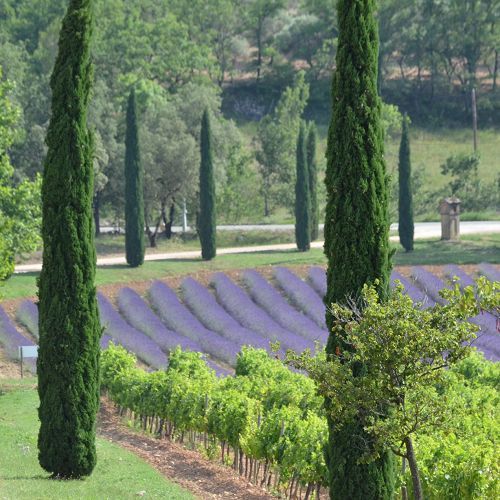
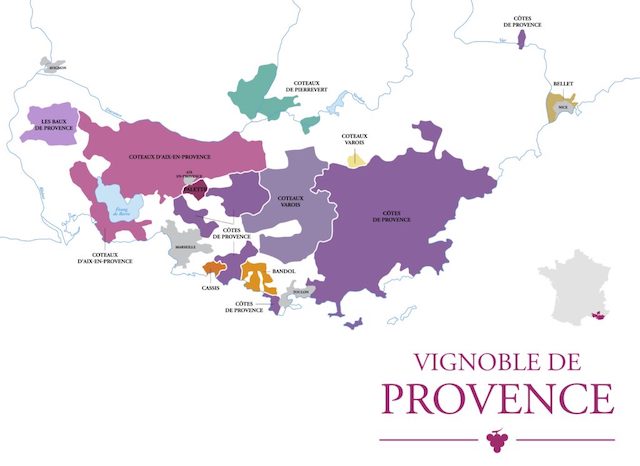
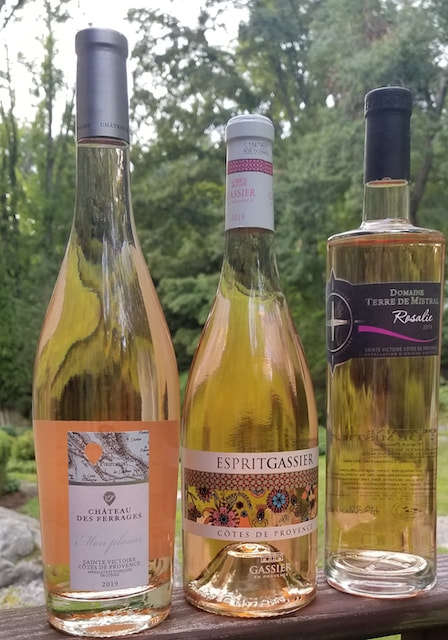
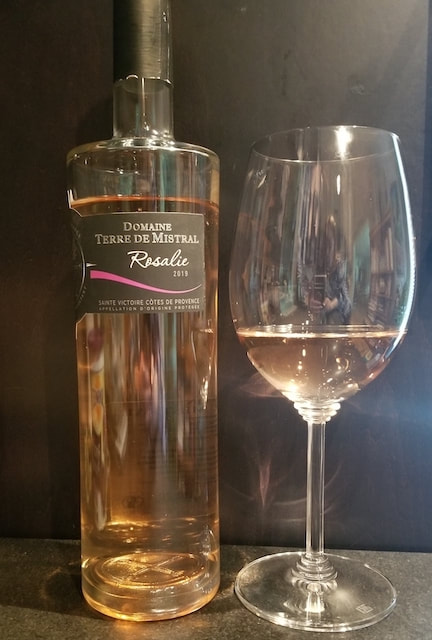
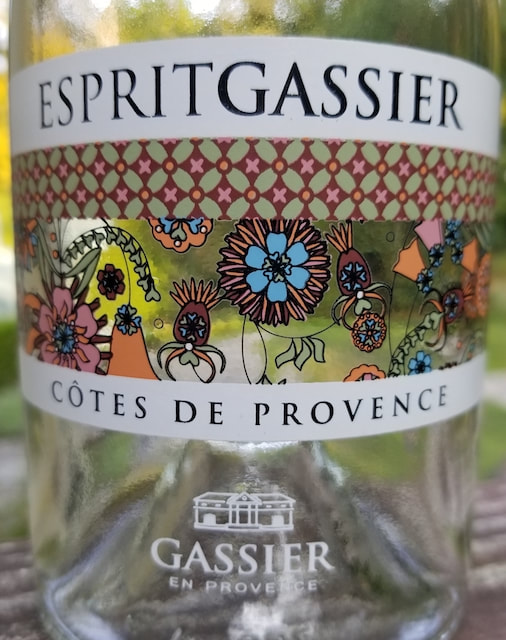
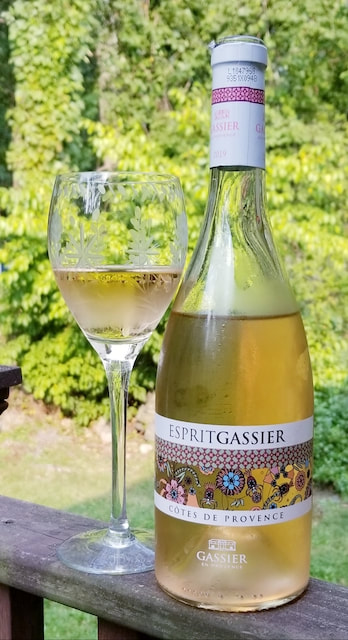

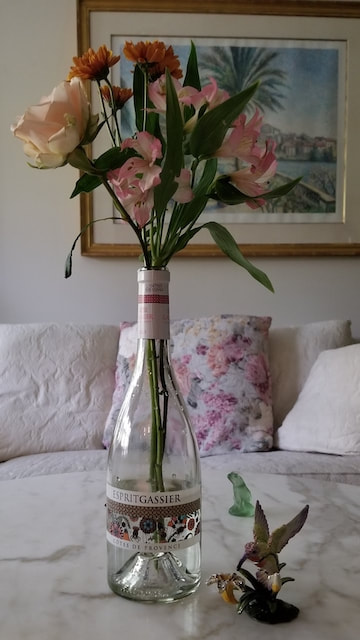
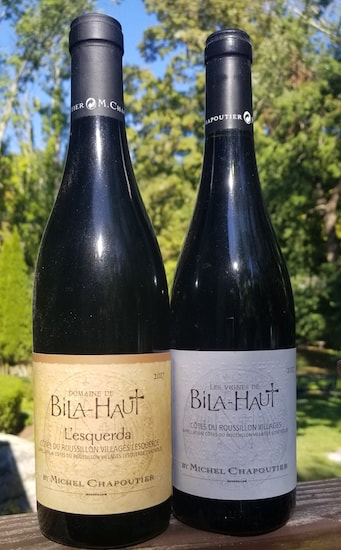
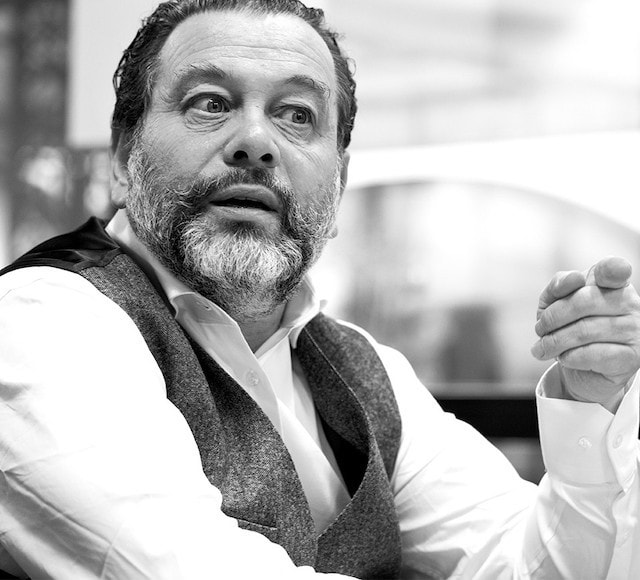
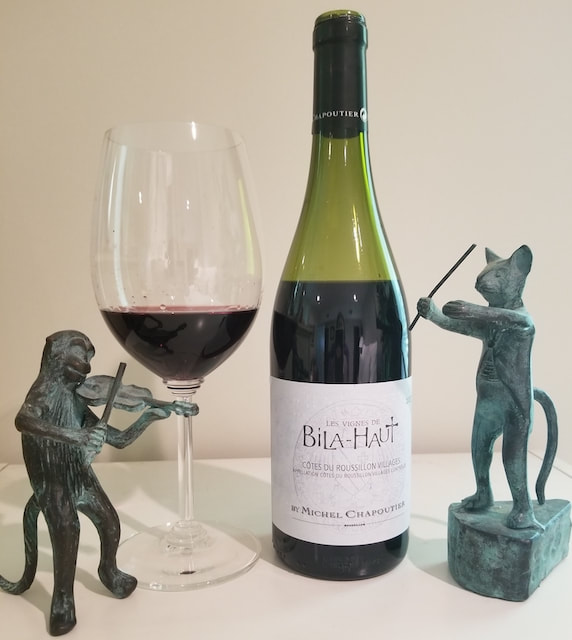
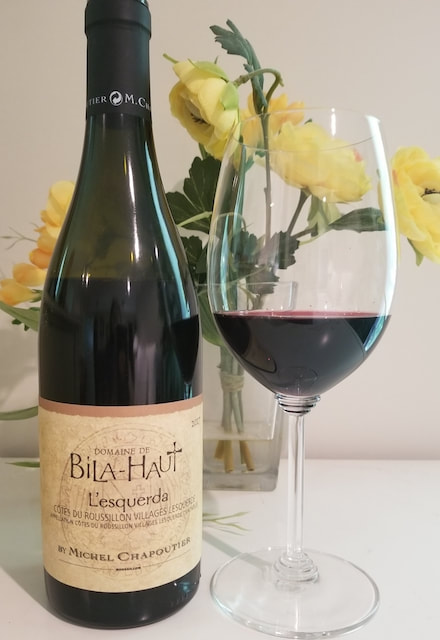
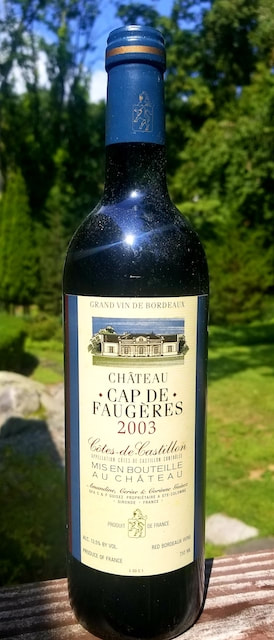

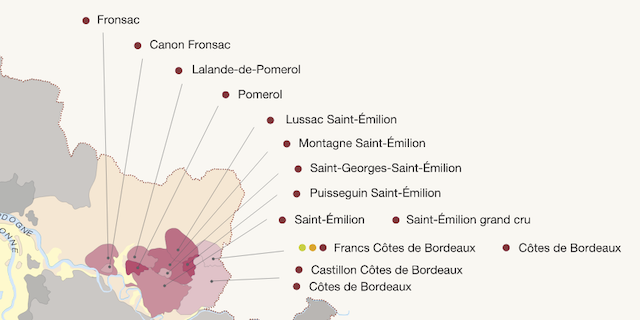
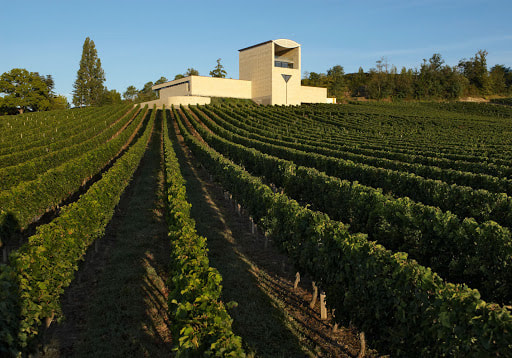
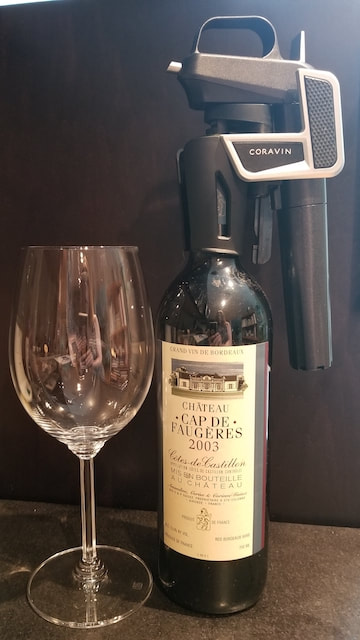
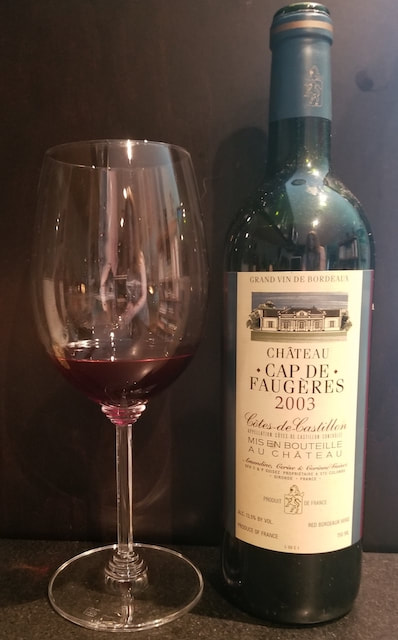
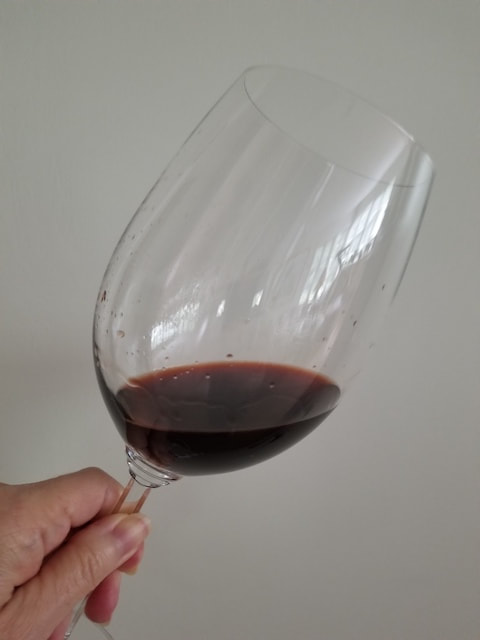

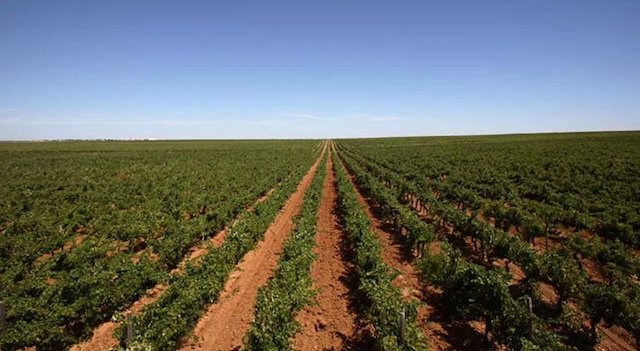
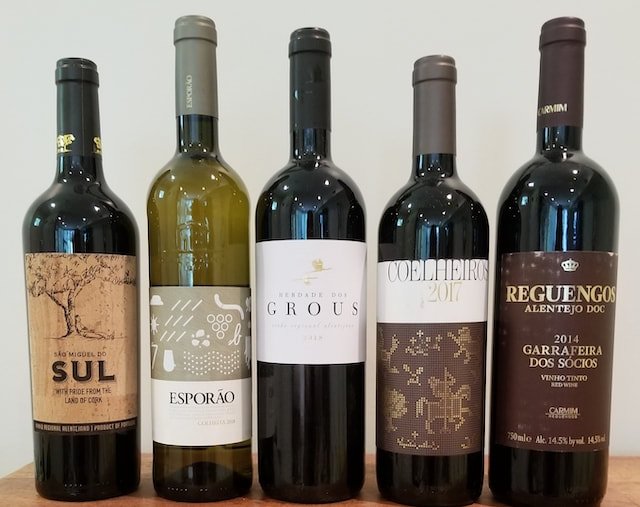
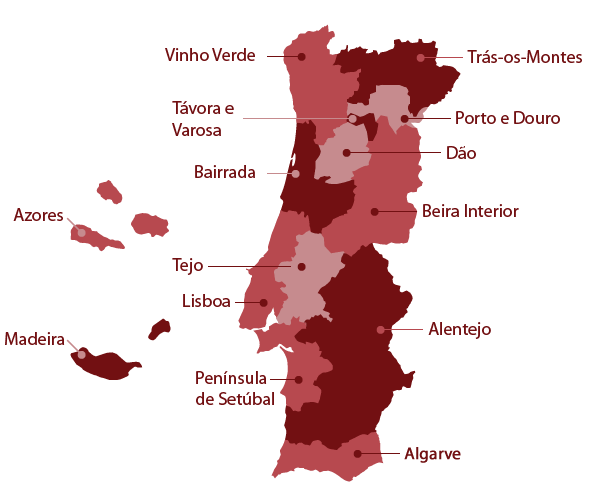
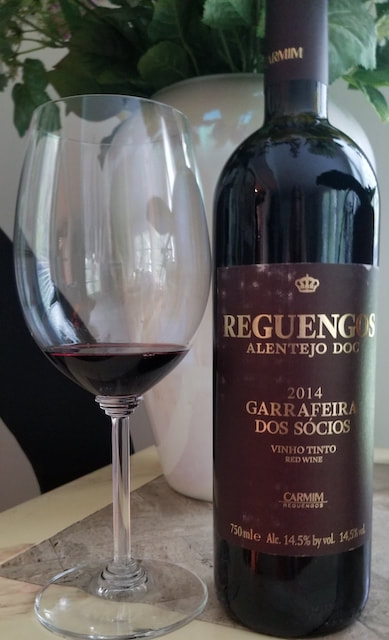
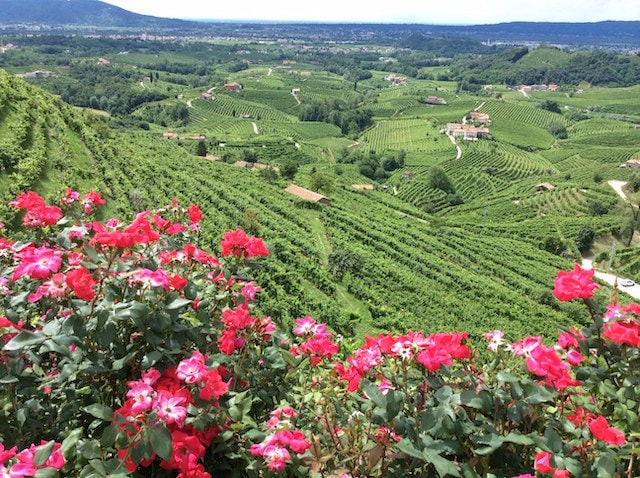
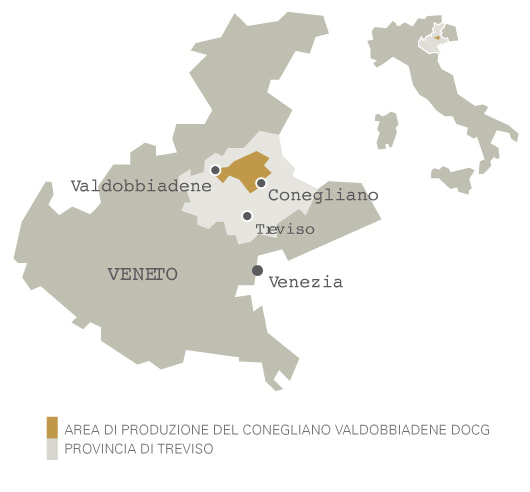
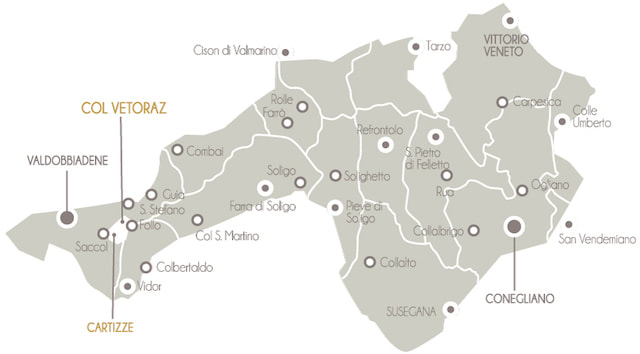
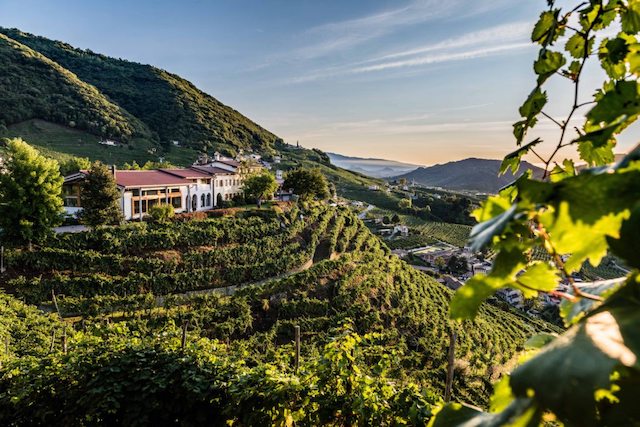
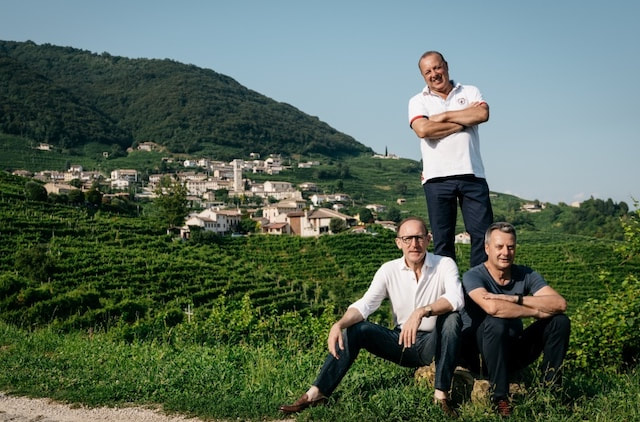
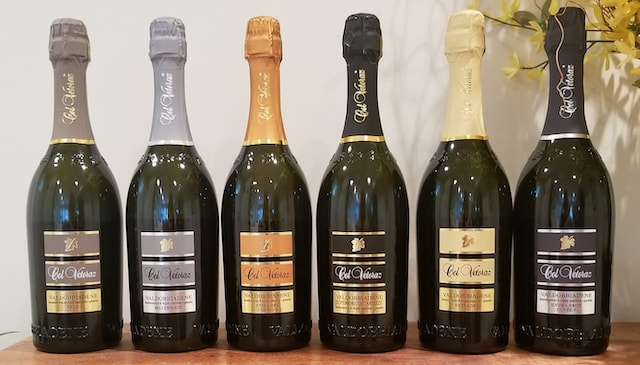
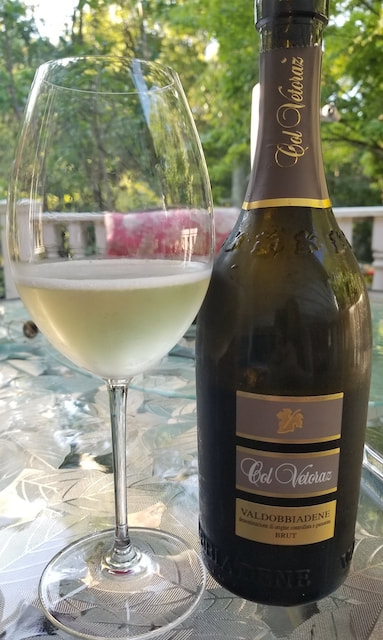
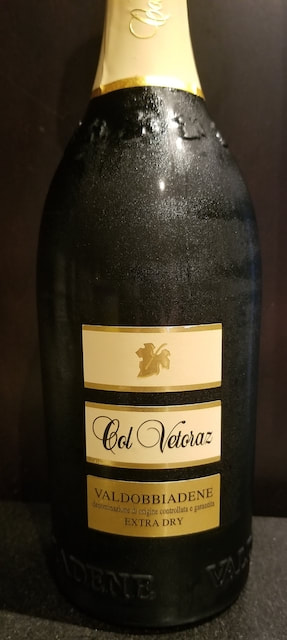
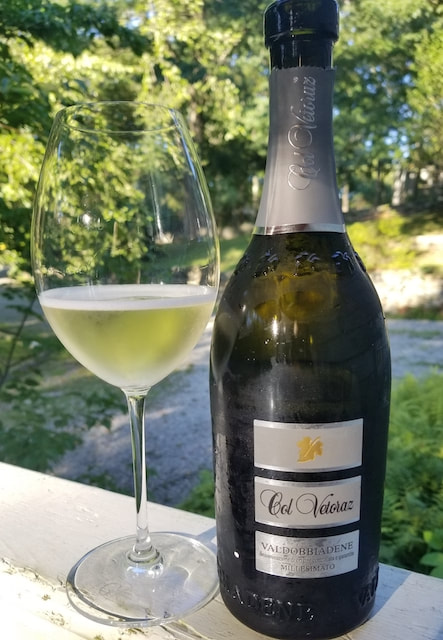
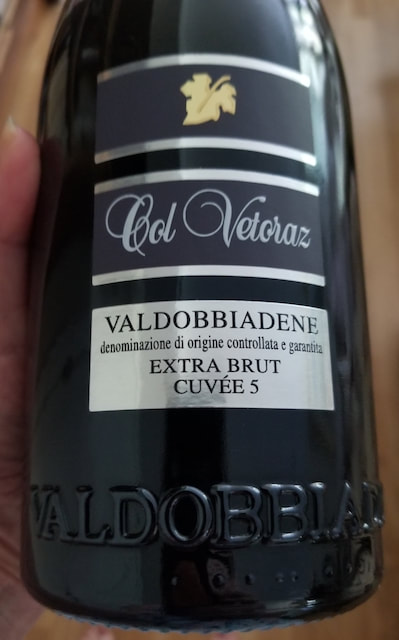
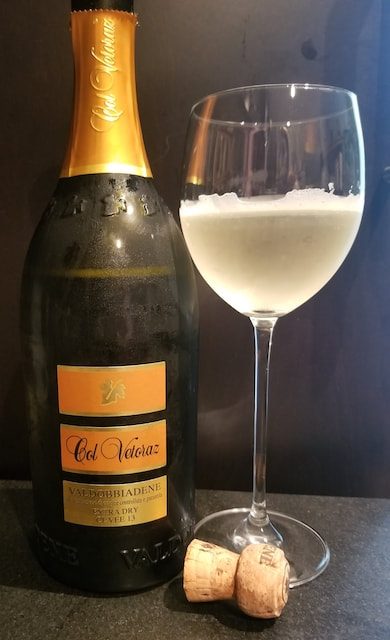
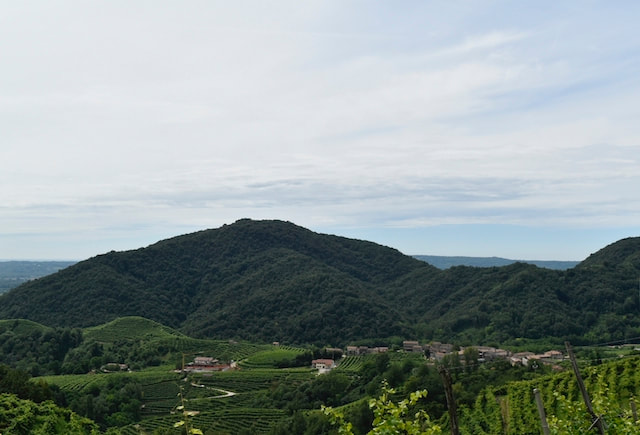
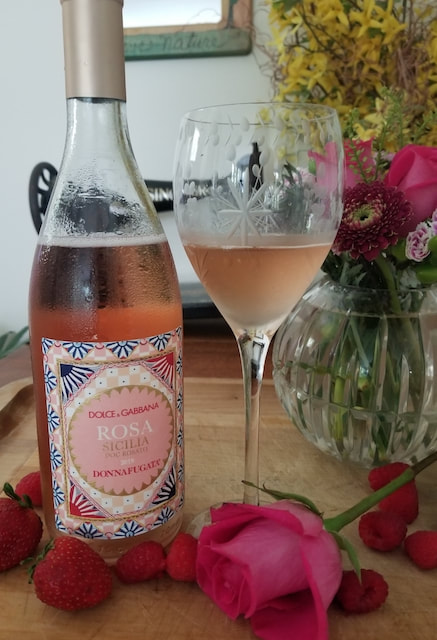
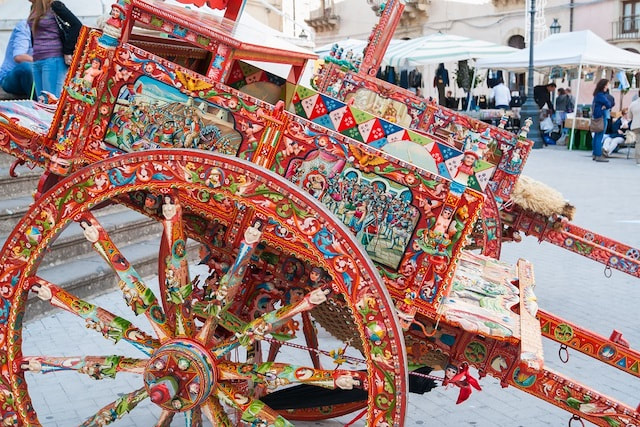
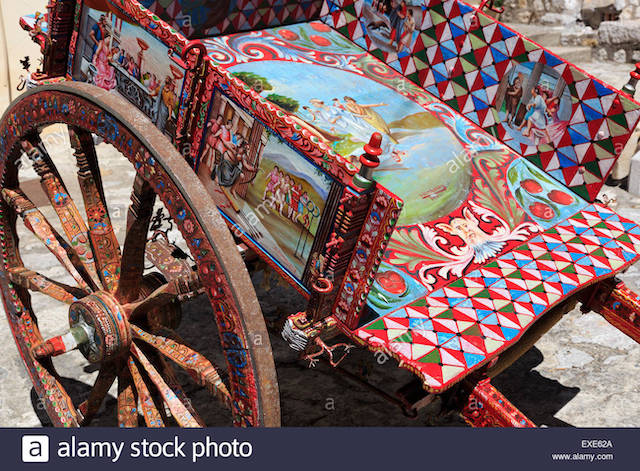
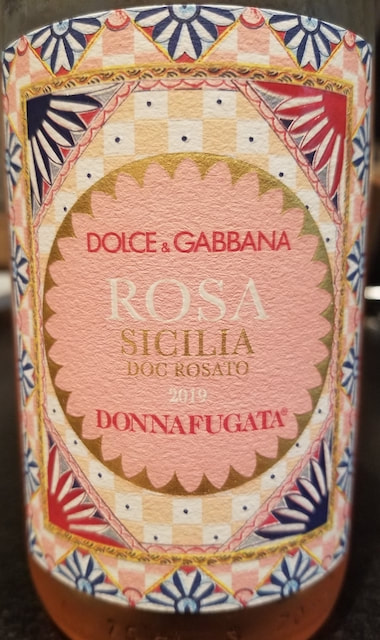
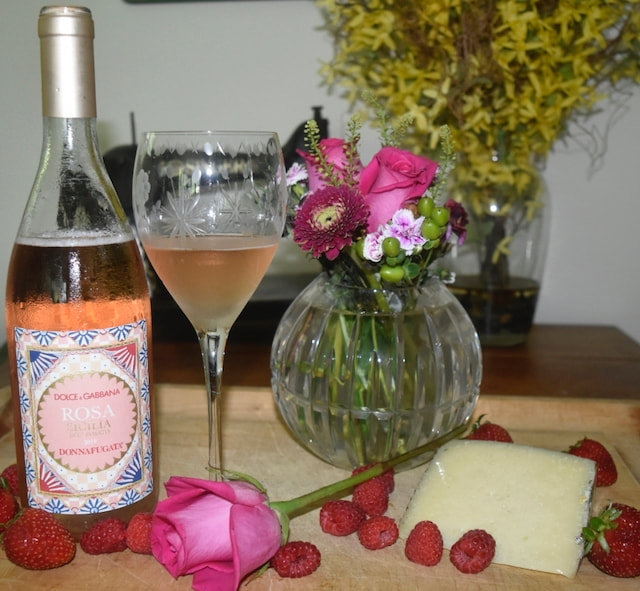
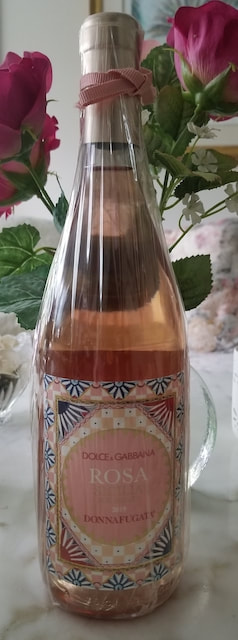
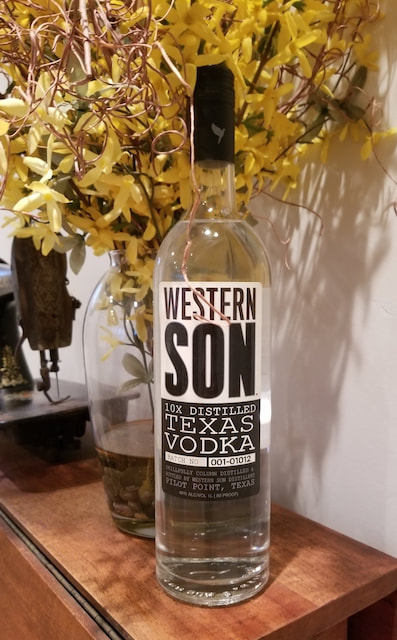
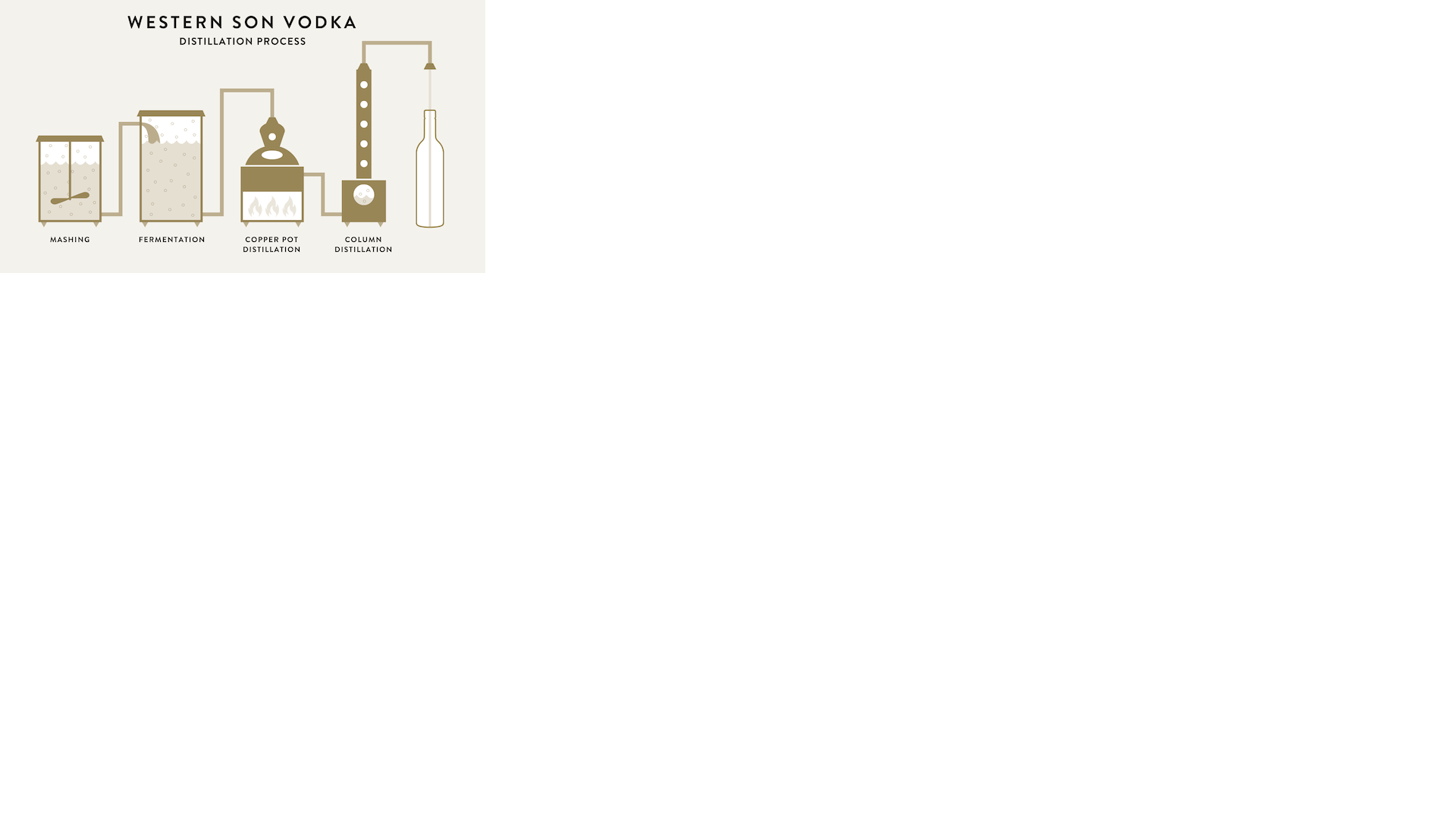
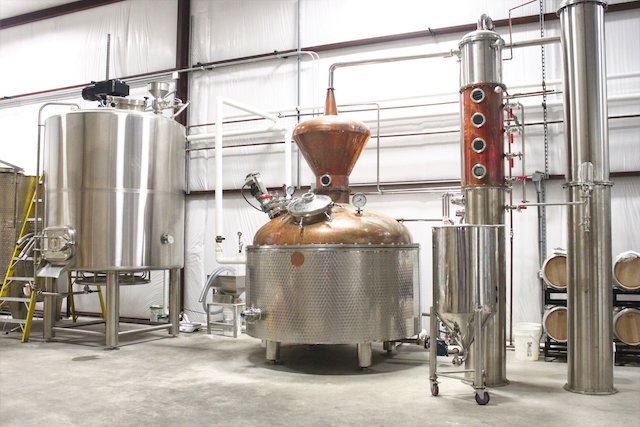
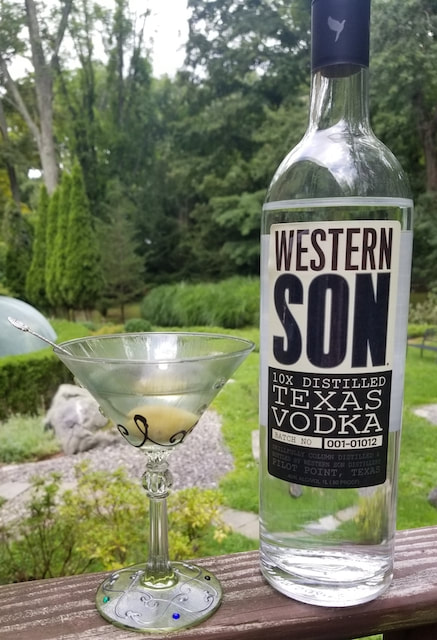
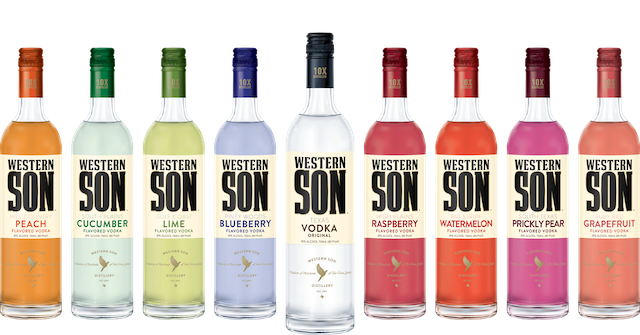
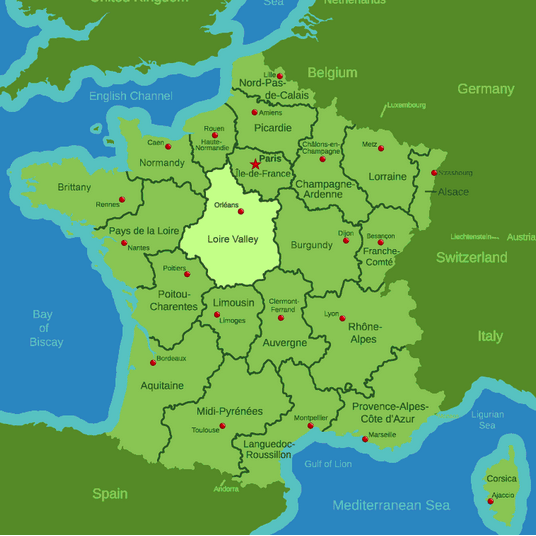
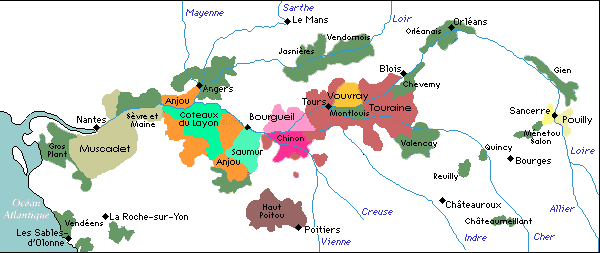
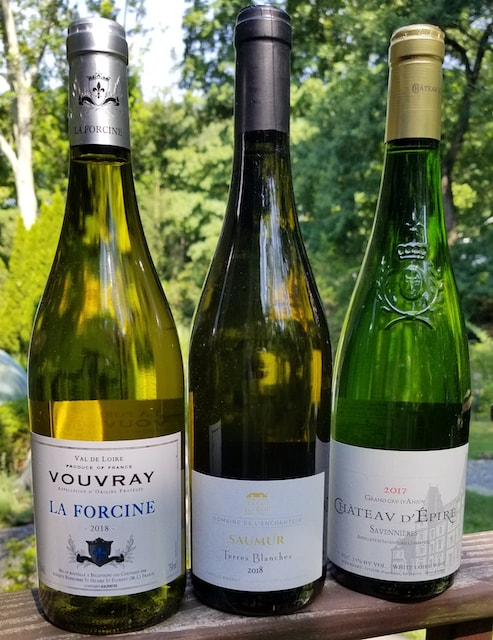
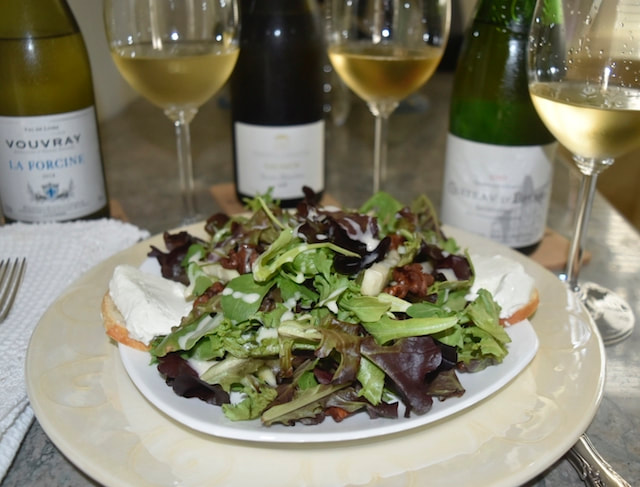
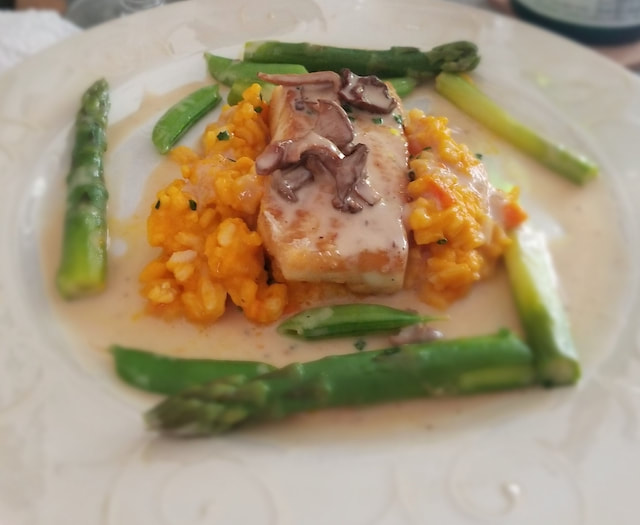
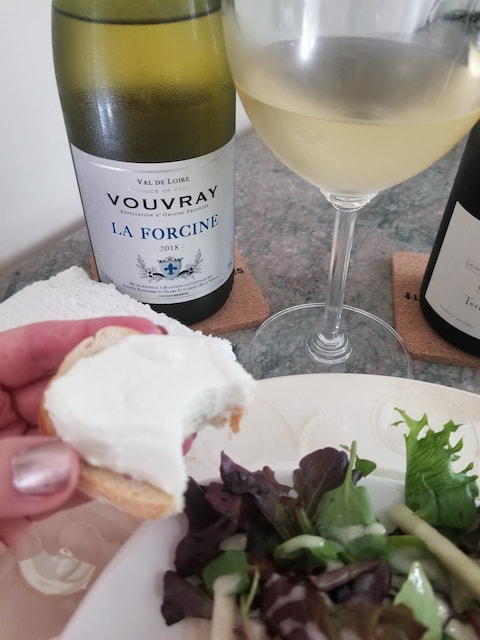
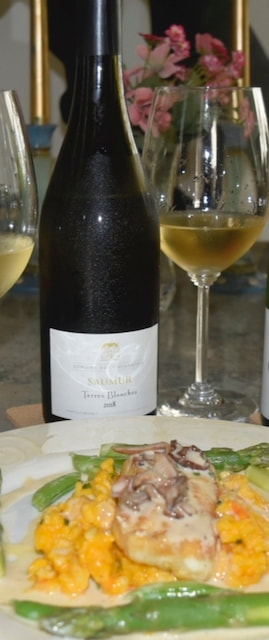
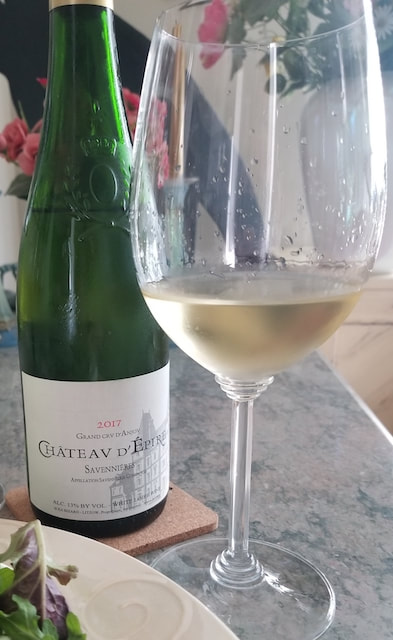
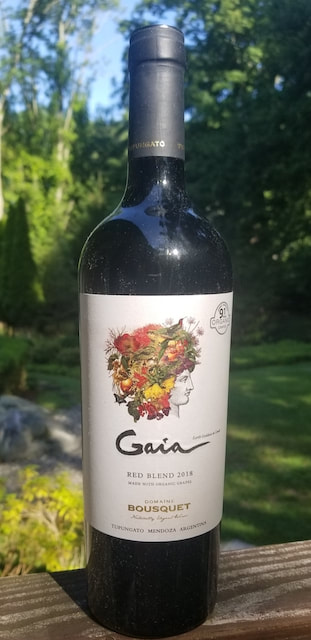
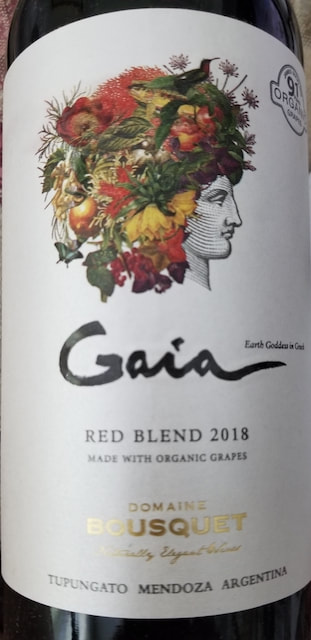
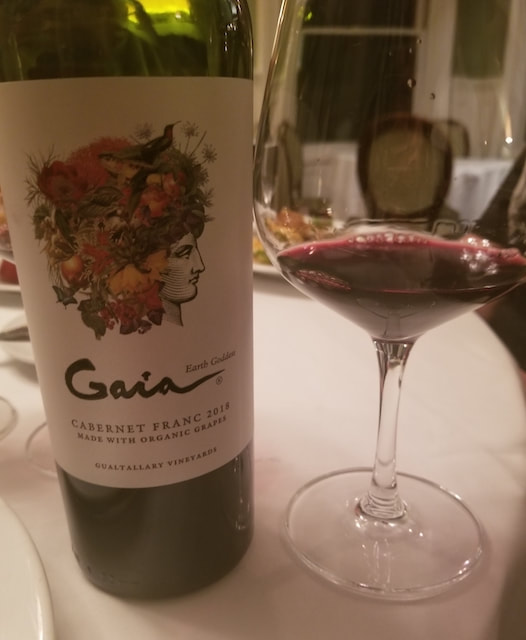
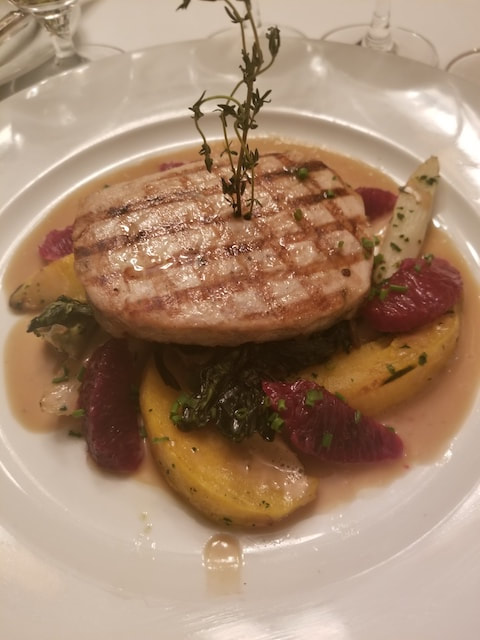
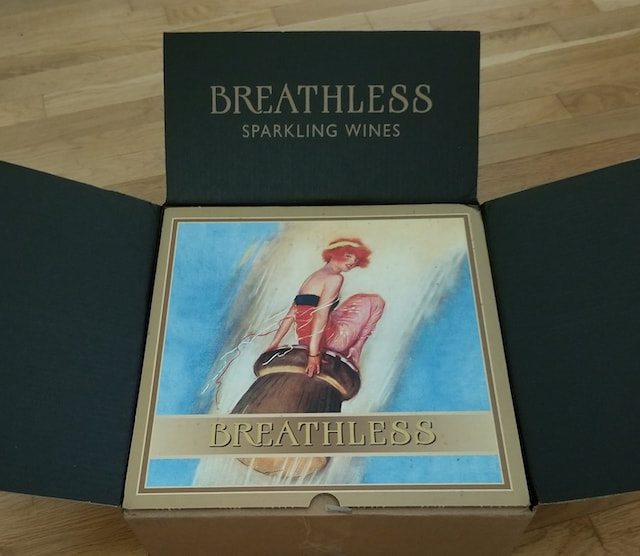
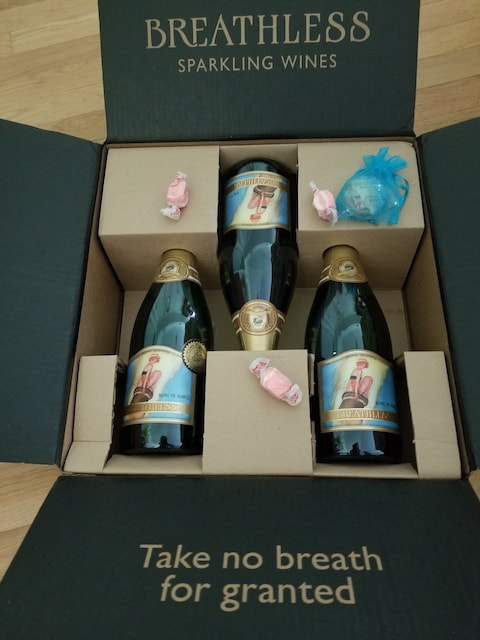


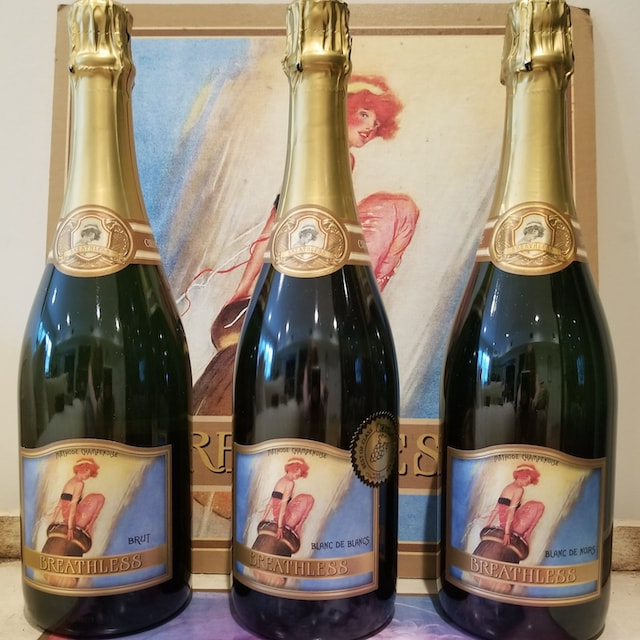
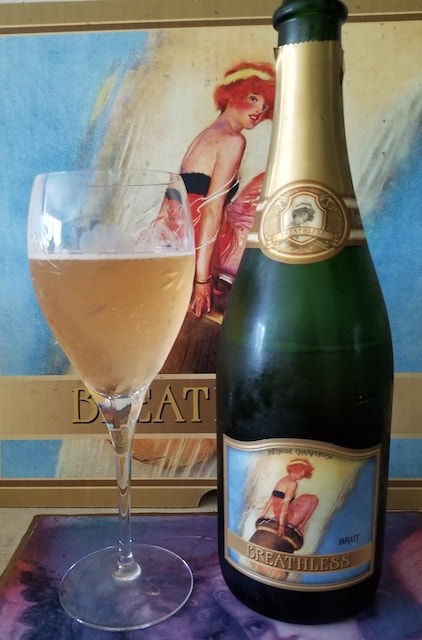
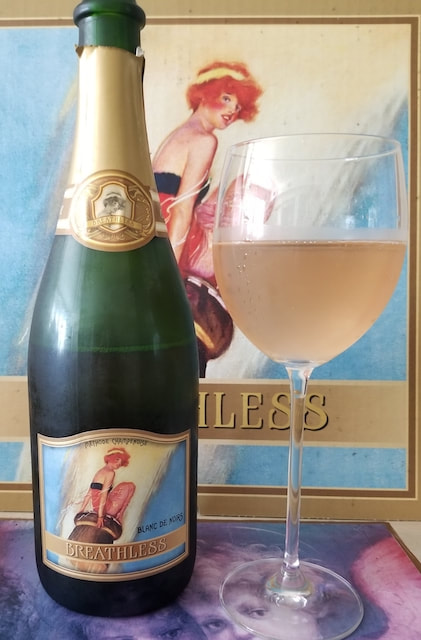
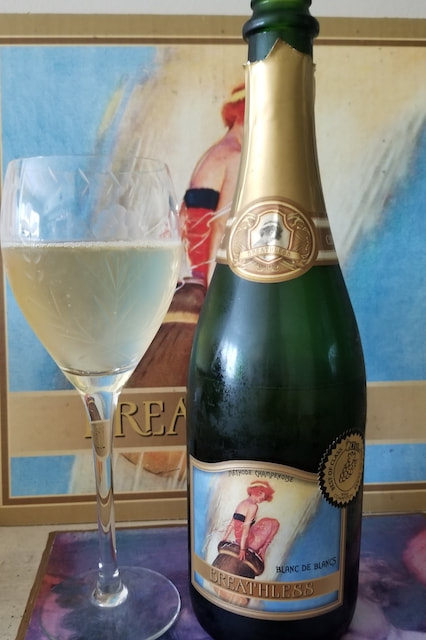
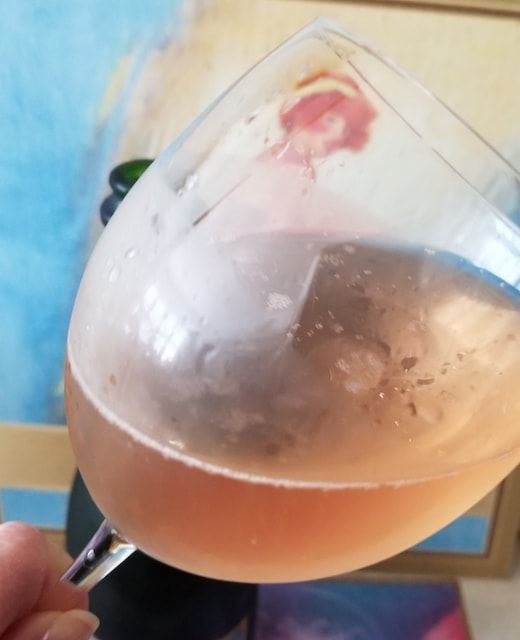
 RSS Feed
RSS Feed